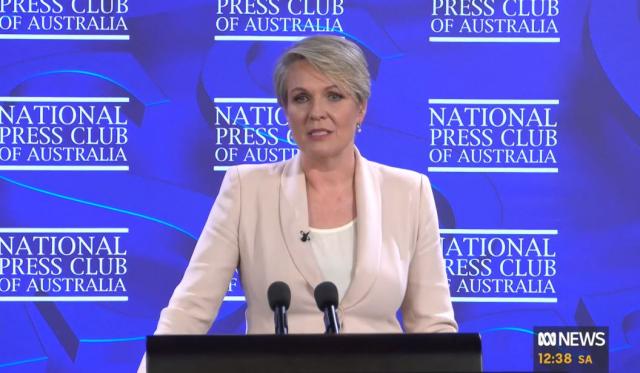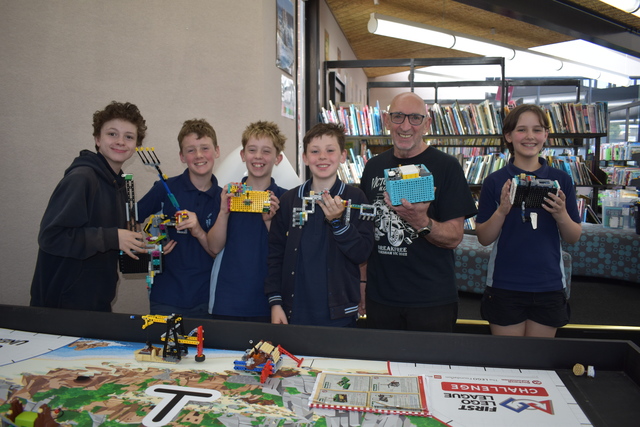The State of the Environment 2021 report has revealed the health of the Australian environment is ‘poor and deteriorating’ with pressures such as climate change, land clearing, invasive species, pollution and urban expansion being felt.
Environment minister Tanya Plibersek has released the report, saying it’s time the public knew the truth after the report was first issued to the former government late last year.
“It’s a confronting read and Australians deserve the truth,” Ms Plibersek said at the National Press Club meeting where she released the report.
The report’s principal authors were Dr Ian Cresswell, Dr Terri Janke and Professor Emma Johnston and it covers key findings, outlooks and impacts, environmental stresses and management.
The key findings have flagged the effects of changing environmental conditions which are seeing species and ecosystems struggling, and 10 of the 18 ecosystems at risk of collapse are terrestrial.
Multiple pressures are amplifying the threats to our environment, and abrupt changes in ecological systems have been recorded in the past five years.
Threatened species strategies have only achieved partial success, improving the future for 21 species, but many didn’t show improvements. Overall the number of listed species has grown since 2016.
It has highlighted our dependence on a healthy and sustainable environment; however the country’s inability to adequately manage pressures will continue to result in extinctions and deteriorating ecosystems.
There’s been a reduction in new species being identified while a rise in more species being threatened or at risk of extinction.
Australia’s losing more mammal species than any other continent, there are more foreign plant species than there are natives, with more than 1900 species and ecological communities threatened or risk of extinction.
More catastrophic storm events, heat waves and bushfires are predicted and the true effect of the most recent disasters such as the 2019-2020 bushfires are still being discovered, with 3 billion creatures killed or displaced in that event.
Deforestation is a key contributor to the decline in the environment – nearly 290,000 hectares of primary forest cleared and a further 343,000 hectares of re-growth forest was cleared from 2015 to 2019.
A decline in soil health has created soil that’s less productive, less fertile, and less efficient in holding water, with threats to more agriculture land and the encroachment and reduction of agriculture land also being felt.
It’s recommended landfill and waste strategies need addressing, with illegal dumping zones and unsustainable waste causing pollution to soil, water and land through waste and litter.
Marine life and coastal ecosystems are also subsequently being affected by climate change, pollution and plastics. Native fish species have declined by 90 per cent in the past 150 years.
Climate action failure, human environmental damage, biodiversity loss and infectious diseases are the top five global risks expected to cause negative impacts over the next 10 years.
The report worked side by side with First Nations people to combine knowledge and provide the first holistic assessment of the current state of Australia’s environment.
It also states greater recognition and empowerment of indigenous land management practices are needed to heal country.
Greater national leadership and combined work between states and territories, better data gathering and response were flagged as pathways forward.
The minister for environment said the commonwealth will be taking action to change the trajectory of the predicted future.
“In 2022 Australians voted for the environment, they voted for action on climate change, they voted for their children and grandchildren and every generation of Australians follow us,” Ms Plibersek said.
“When you change the government, you change the country and after a lost decade, after decade of going backwards we can’t waste another minute.”
Ms Plibersek said this term of government she will be guided by three goals, to protect, to restore and to manage Australia’s environment.
“We need to protect our environment and heritage for the future. We need to restore environments that have already been damaged and we need to actively manage our landscapes, oceans and waterways and the critical places that were bound to protect so they don’t become rundown through neglect – that’s our agenda.”
Announcements were made during the National Press Club address, including developing new environmental legislation for 2023, expanding Australia’s national estate setting a goal of protecting 30 per cent of land and 30 per cent of oceans by 2030.
“This will require a fundamental reform of our national environmental goals and empowering a new Environmental Protection Agency.
“We will explore the creation of new national parks and marine protected areas, including by pursuing the East Antarctic Marine.”
Also with agreement from the treasurer, the well being budget will also include environmental indicators.
The government has also acknowledged the respect and rights for indigenous peoples to look after country and Ms Plibersek announced it will double the number of indigenous Rangers by the end of the decade to 3800 and significantly increased funding for Indigenous Protected areas.
“First Nations Australians have managed this country for 65 thousands years and they did it through changing seasons, shifting across radically different environments. These systems of environmental knowledge have been passed down for 1000s of generations, and any modern conservation program should incorporate them.”
To read the report, visit https://soe.dcceew.gov.au/







